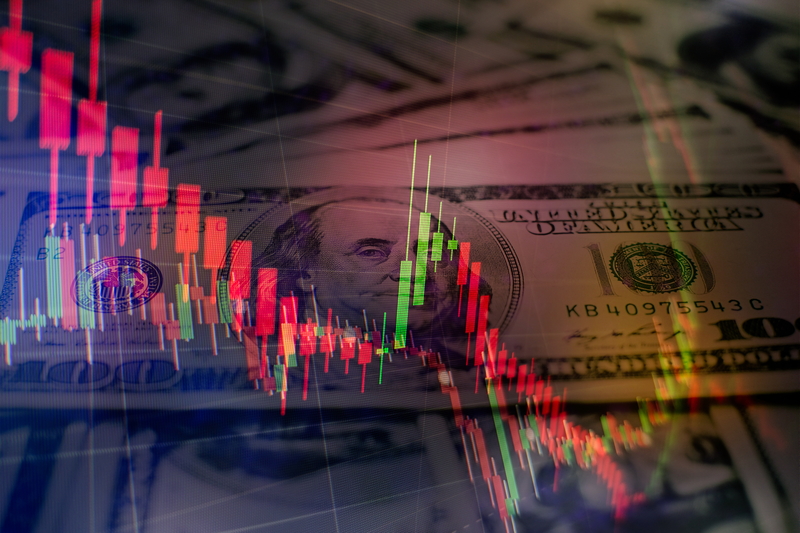No other precious metal has captured the world’s attention quite like gold. This gleaming element has inspired people to travel to distant lands for a chance at acquisition for thousands of years. Whether melted down and poured into bars or fashioned into exquisitely beautiful jewelry, gold is one of the most valuable substances on earth. But unlike consumable commodities with values tied to available supply, the vast majority of the world’s collection of mined gold still exists. Yet, the value of gold is subject to market fluctuations, leaving many questioning how this could occur. Why does the price of gold fluctuate?
Gold’s Position in the Global Marketplace
Historically, mining gold was considerably more straightforward for earlier civilizations. Among ancient societies, the Nile River, spanning from southern Egypt to central Sudan, served as a significant channel for commerce between central and south Africa and the Middle East. The Nile River also supplied these early societies with an abundant source of gold.
Gold’s beauty and malleability made gold pieces and nuggets an ideal trading instrument. Before long, gold coins and artifacts appeared around 6,500 years ago, making the trade of gold for needed goods and services less complicated for those seeking the metal for jewelry production or as an investment. Since these early times, gold has become increasingly inaccessible, meaning that those hoping to mine gold face more significant challenges and extraordinary expenses to secure less gold.
In our modern age, gold’s value is tied to and influenced by additional factors as part of our global economic system. Attempting to predict an accurate gold price requires understanding the factors that cause market fluctuations in value. Investors use this knowledge and the study of historical trends to forecast gold’s value.
The Issues that influence Gold’s Price
Gold is a very versatile substance. As an excellent conductor of heat and electricity, gold is a natural fit for transistors and circuits used in computers. Long prized for its visual appeal, technological advances have created new markets for gold in manufacturing cell phones, global positioning systems, and smoke and fire detectors. As with most needs, the laws of supply and demand significantly impact prices and influence the actions and behavior of gold buyers across the globe leading to a substantial increase in value over the last 50 years.
Many nations reserve vast quantities of gold to foster trust in their economic environment and diversify their holdings. Central banks worldwide oversee and manipulate their member nations’ monetary systems and own the world’s largest gold supply. Our central banking system in the United States is the Federal Reserve Bank, which currently holds over 8,000 tons of gold, the world’s largest stockpile.
With the world’s largest economy, the United States has a tremendous impact on the economies of other nations. When the U.S. economy is strong, and the dollar’s value is high. Central banks tend to sell more gold reserves. Still, when the U.S economy becomes unstable, these nations historically hold on to more of their gold Threats to the U.S. economy can result from an unstable housing market, a fluctuating stock market, and interest rate changes.
Gold Price Fluctuations, Investments, and Inflation
Historically, investors and collectors looking to buy or sell gold jewelry have found remarkable resilience in the marketplace. While jewelry is the form of gold most consumers are familiar with, other options are available for those looking to invest in gold without purchasing physical gold. Gold mutual funds, mining stocks, and derivatives are all ways to benefit from a long-term gold investment.
With the current record-high inflation rates throughout Texas and the rest of the nation, many are curious about how this will affect the price of gold. Inflation occurs when there is a decline in the purchasing power of money, causing an increase in the prices of consumer goods. At the same time, some inflation is an expected part of a standard economy; runaway inflation drives many investors to put money into precious metals and gems to protect more of their money.
To tame current out-of-control inflation levels, the Federal Reserve Bank has begun to raise interest rates to strengthen the dollar’s value. These steps have coincided with rising gold prices and an increased number of individuals selling gold jewelry. A reputable Fort Worth gold and silver exchange will provide the best price in this seller’s market.
At Alliance Gold and Silver Exchange, we are one of the largest direct diamond and wholesale gold brokers in the southwest. Our staff has over 40 years experience and can offer you the best deals. Call or stop by today at 2901 Western Center Blvd. #120, Fort Worth, TX. 76131.

